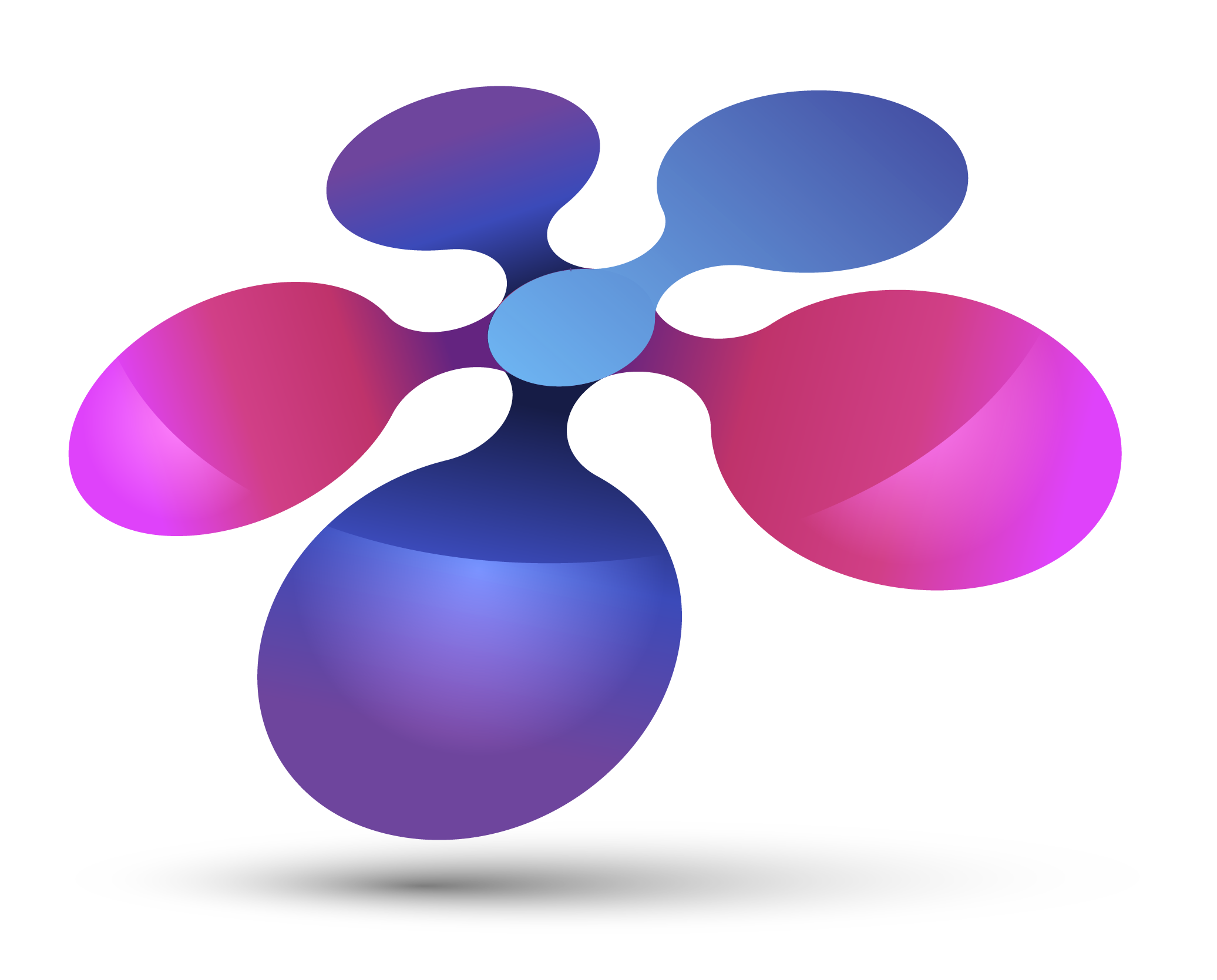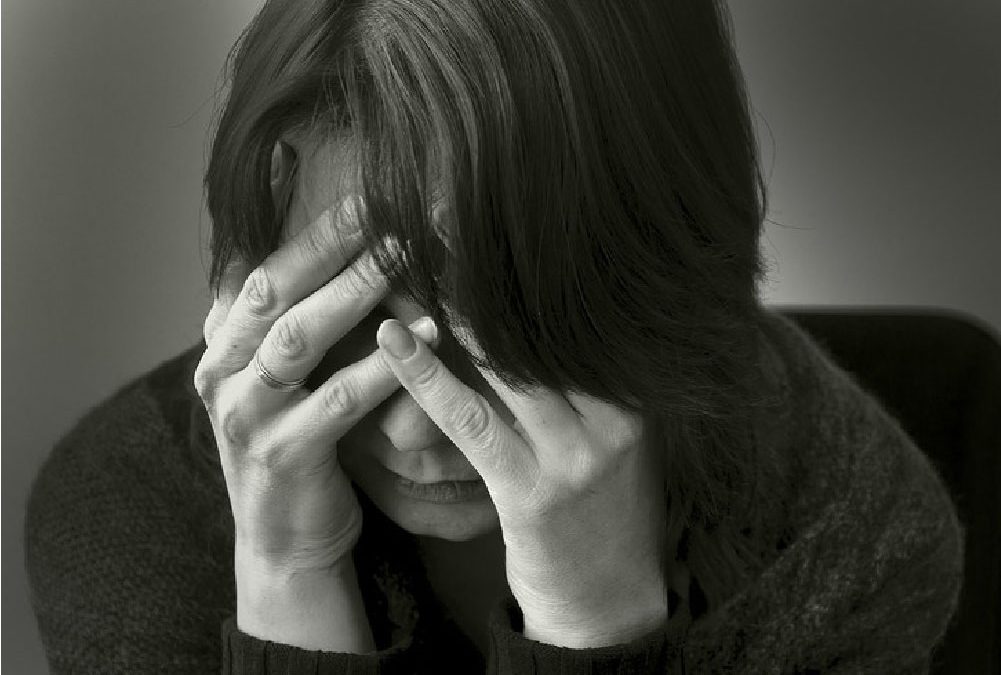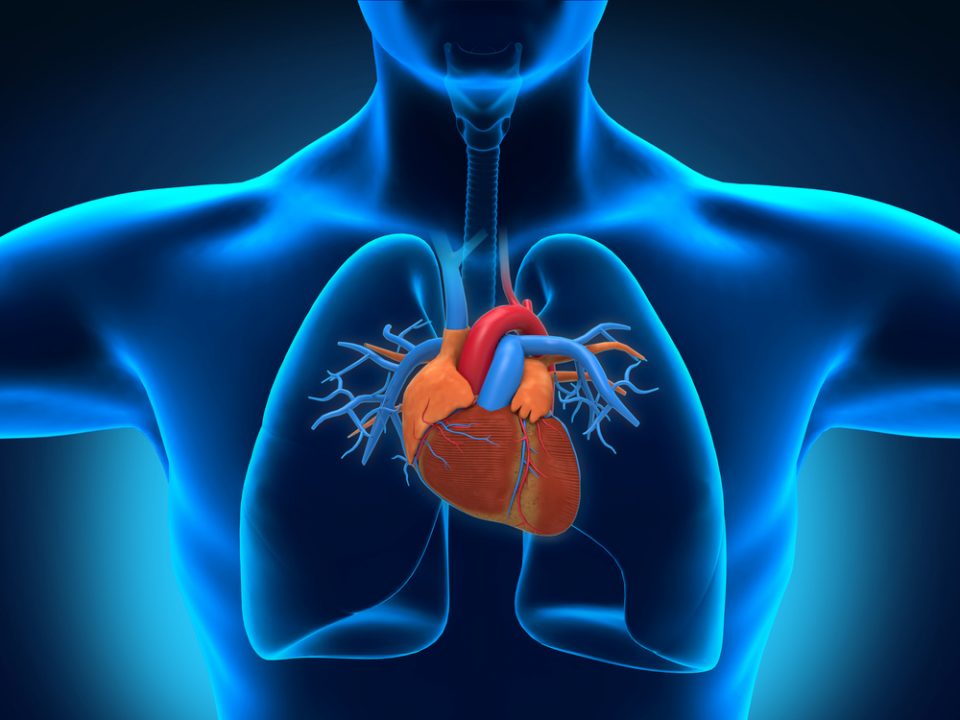
Saffron and its effects in prevention of heart disease and hypertension
۱۵ اسفند، ۱۴۰۰
Saffron properties in reducing menstrual pain and menopausal complications
۱۵ اسفند، ۱۴۰۰According to Avicenna, saffron has calming effects and by its anaesthetic properties, it weakens the senses. Herbal knowledge of Iran states that saffron tincture- made by soaking 1 unit of saffron in 10 units of alcohol 80% for a course of 10 days- is stimulant, anticonvulsant, and regulator of menstrual cycle.
According to him, saffron has invigorating properties and, from ancient times, has been used as an antidepressant. In countries with saffron cultivation, its tea is being consumed to improve people’s mood and temperament.
Jurjani- the Persian physician in 11th to 12th century-has mentioned that saffron is astringent and aromatic. Its aroma and fragrance can enhance the feeling of happiness and laughter. So, the function is to refresh and lift mood and induce substantial cheerfulness.
Modern medicine has also mentioned the anti-depressant and invigorating properties of saffron in several articles, and today, many of such medicines contain the active ingredient crocin.
Numerous clinical trials have assessed the efficacy of 30 mg of saffron per day for 6 to 8 weeks in the treatment of mild to moderate depression. Based on Hamilton Depression Scale scores,
It was more beneficial than placebo and at least equivalent to therapeutic doses of imipramine and fluoxetine. In none of the studies were there any side effects between saffron and placebo groups. Several cases consisted of a small sample size (40 patients) and was performed by the same group of researchers in a non- Western population. Based on a meta-analysis of 5 published clinical trials that examined the effects of saffron supplementation on depression symptoms in patients with major depression disorder, showed that the average effect size for saffron was 1.62 compared to a placebo.


